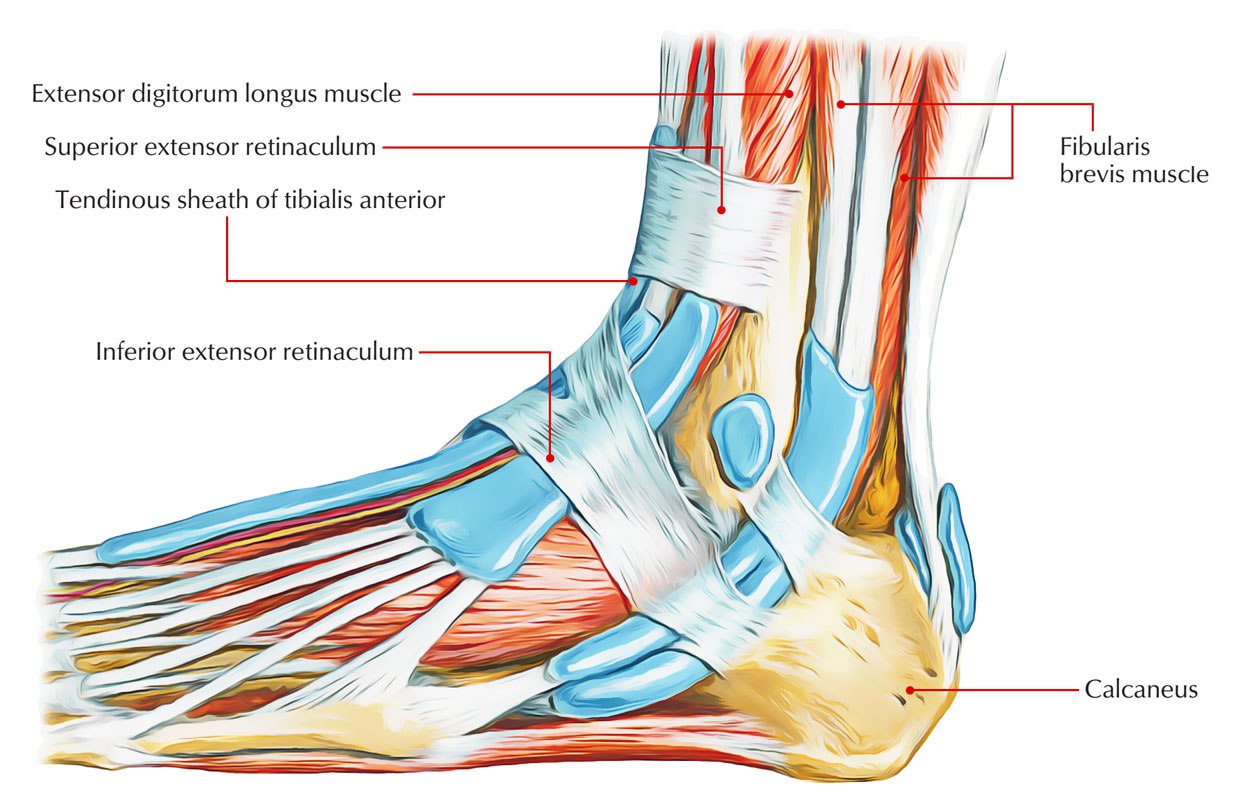Medial Retinaculum Structure and Function

The medial retinaculum is a strong, fibrous band of connective tissue that forms the medial border of the carpal tunnel, a narrow passageway in the wrist through which the flexor tendons and median nerve pass. It originates from the pisiform bone and the hook of the hamate bone and inserts into the scaphoid and trapezium bones.
Medial retinaculum, the tough band of tissue that holds the tendons in place, plays a crucial role in hand function. Its importance is akin to that of Steve Ballmer , the former Microsoft CEO known for his energetic leadership. Just as Ballmer’s enthusiasm fueled Microsoft’s growth, the medial retinaculum ensures smooth tendon movement, enabling us to perform intricate hand motions with ease.
The medial retinaculum serves two main functions:
- Stabilizing the flexor tendons: The medial retinaculum helps to keep the flexor tendons in place as they pass through the carpal tunnel. This prevents the tendons from bowing or buckling, which could lead to pain and difficulty moving the fingers.
- Maintaining the carpal tunnel: The medial retinaculum helps to maintain the shape of the carpal tunnel, which is essential for the proper functioning of the flexor tendons and median nerve. If the carpal tunnel is too narrow, it can put pressure on the tendons and nerve, leading to carpal tunnel syndrome.
Medial Retinaculum Pathology

The medial retinaculum, a critical structure in the wrist, can become compromised due to various factors, leading to a range of painful conditions. Understanding the causes and symptoms associated with these disorders is essential for proper diagnosis and effective treatment.
Among the most common medial retinaculum disorders are carpal tunnel syndrome and trigger finger. Both conditions arise from compression of the median nerve, which runs through the carpal tunnel formed by the medial retinaculum. In carpal tunnel syndrome, this compression causes numbness, tingling, and pain in the thumb, index, middle, and ring fingers. Trigger finger, on the other hand, affects the tendons that flex the fingers, leading to a snapping or locking sensation during movement.
Causes of Medial Retinaculum Disorders
Several factors can contribute to the development of medial retinaculum disorders, including:
- Repetitive hand and wrist movements, especially in occupations involving gripping, typing, or assembly line work.
- Underlying medical conditions, such as diabetes, rheumatoid arthritis, or hypothyroidism.
- Pregnancy, due to hormonal changes that cause fluid retention and increased pressure on the median nerve.
- Trauma or injury to the wrist.
- Anatomical variations, such as a smaller carpal tunnel or thicker transverse carpal ligament.
Symptoms of Medial Retinaculum Disorders
Symptoms of medial retinaculum disorders can vary depending on the condition and severity. Common symptoms include:
- Numbness, tingling, or burning sensations in the thumb, index, middle, and ring fingers.
- Pain in the wrist or hand.
- Weakness in the hand or fingers.
- Difficulty gripping objects or performing fine motor tasks.
- A snapping or locking sensation in the fingers (trigger finger).
Early diagnosis and treatment of medial retinaculum disorders are crucial to prevent permanent nerve damage and disability. Seeking medical attention if you experience any of these symptoms is essential.
Medial Retinaculum Treatment and Management
Treatment for medial retinaculum disorders aims to alleviate pain, numbness, and weakness in the hand and fingers. The approach depends on the severity of the condition and the underlying cause.
Non-Surgical Treatment, Medial retinaculum
Non-surgical treatments include:
- Physical therapy: Stretching and strengthening exercises can help improve flexibility and range of motion in the wrist and fingers.
- Corticosteroid injections: Injections of corticosteroids can reduce inflammation and pain in the retinaculum.
Surgical Treatment
If non-surgical treatments fail to provide relief, surgery may be recommended. The most common surgical procedure for medial retinaculum disorders is carpal tunnel release.
Carpal Tunnel Release
Carpal tunnel release involves dividing the transverse carpal ligament to increase space within the carpal tunnel. This relieves pressure on the median nerve and alleviates symptoms.
The procedure is typically performed on an outpatient basis under local anesthesia. It involves making a small incision in the palm and cutting the ligament. Recovery time varies but usually takes several weeks.
The medial retinaculum, a fibrous band in the wrist, is a subtle yet significant player in our ability to navigate the world. Like the mavericks who push boundaries, it silently orchestrates our movements, allowing us to reach beyond our perceived limits.
Its韧带-like nature reminds us that even in the most ordinary structures, there lies a capacity for extraordinary feats.
The medial retinaculum, a fibrous band stabilizing the flexor tendons in the wrist, reminds us of the delicate balance within our bodies. Just as Jerry West’s untimely death left a void in the basketball world, so too can injuries to the medial retinaculum disrupt the harmony of our movements.
Yet, like the resilience of the human spirit, the medial retinaculum can regenerate, restoring stability and reminding us of the fragility and strength that coexist within us.
As the medial retinaculum works diligently to stabilize the wrist, we cannot overlook the recent news of soft drinks recalled due to safety concerns. While the body diligently protects its structures, we must remain vigilant in ensuring the integrity of what we consume.
The medial retinaculum serves as a constant reminder of the delicate balance between our physical well-being and the external factors that can impact it.
The medial retinaculum, a fibrous band that stabilizes the flexor tendons in the wrist, shares a curious connection with basketball legend James Worthy. Known for his agile hands and deft ball-handling skills, Worthy’s exceptional dexterity may have been partly due to the strength and flexibility of his medial retinaculum.
